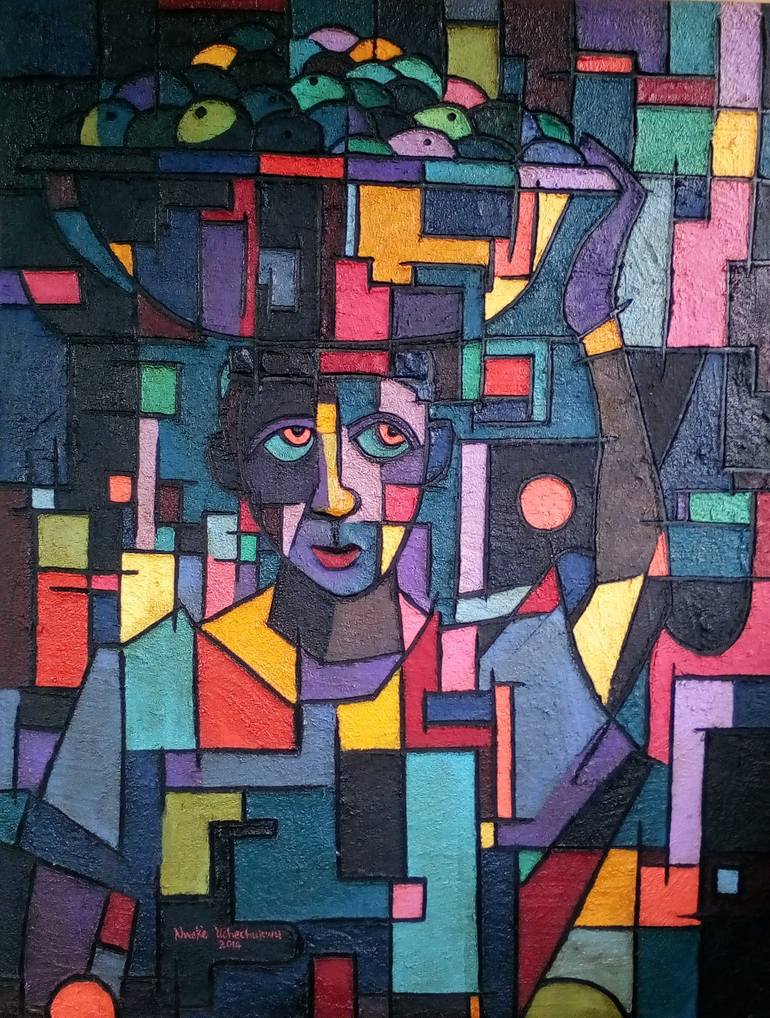


1503 Views
8
View In My Room
Painting, Oil on Canvas
Size: 36 W x 46 H x 0.2 D in
Ships in a Crate
1503 Views
8
Artist Recognition

Artist featured in a collection
ABOUT THE ARTWORK
DETAILS AND DIMENSIONS
SHIPPING AND RETURNS
PAINTING FEATURES Original mixed media painting without a frame. My paintings are original, vividly signed and dated on the front by myself.......Nweke Uche MEDIUM: Mixed media MATERIALS: Enamel, acrylic, oil colour, sawdust, glue on canvas SIZE: 46" height x 36" width PRODUCTION DATE: 2015 D...
Year Created:
2015
Subject:
Styles:
Mediums:
Mediums:
Painting, Oil on Canvas
Rarity:
One-of-a-kind Artwork
Size:
36 W x 46 H x 0.2 D in
Ready to Hang:
Not Applicable
Frame:
Not Framed
Authenticity:
Certificate is Included
Packaging:
Ships in a Crate
Delivery Cost:
Shipping is included in price.
Delivery Time:
Typically 5-7 business days for domestic shipments, 10-14 business days for international shipments.
Returns:
14-day return policy. Visit our help section for more information.
Handling:
Ships in a wooden crate for additional protection of heavy or oversized artworks. Artists are responsible for packaging and adhering to Saatchi Art’s packaging guidelines.
Ships From:
United Kingdom.
Customs:
Shipments from United Kingdom may experience delays due to country's regulations for exporting valuable artworks.
Need more information?
Need more information?
Uchechukwu Nweke
United Kingdom
Nweke Uchechukwu was born many years ago in Awka Anambra state Nigeria. After graduating from the University of Nigeria Nsukka, He began to work full time as a studio artist. At first, he started exploring various styles in painting. But over time, he developed a keen interest in environmental sustainability with recycled sawdust and white glue as chief medium of exploration of artistic sensibility and here my creative ingenuity can be better expressed. He has been practicing professionally since the year 2011. He is also a sculptor and lives in London United Kingdom.
Artist Recognition

Artist featured by Saatchi Art in a collection
Why Saatchi Art?
Thousands of
5-Star Reviews
We deliver world-class customer service to all of our art buyers.
Global Selection of Original Art
Explore an unparalleled artwork selection from around the world.
Satisfaction Guaranteed
Our 14-day satisfaction guarantee allows you to buy with confidence.
Support Emerging Artists
We pay our artists more on every sale than other galleries.
